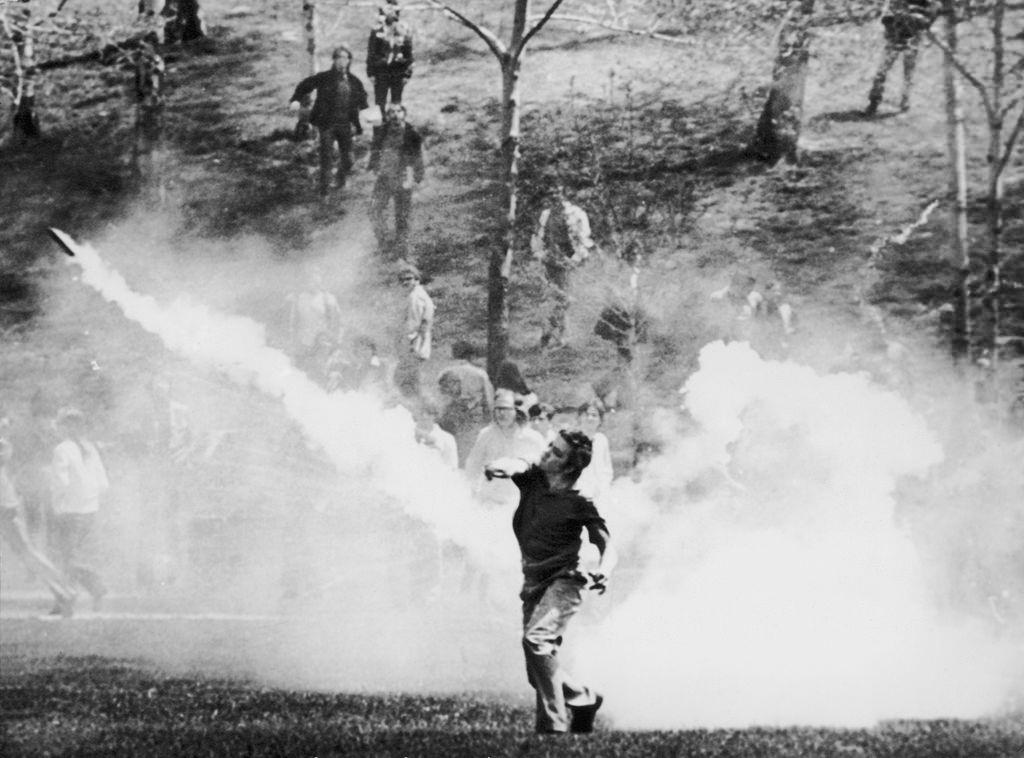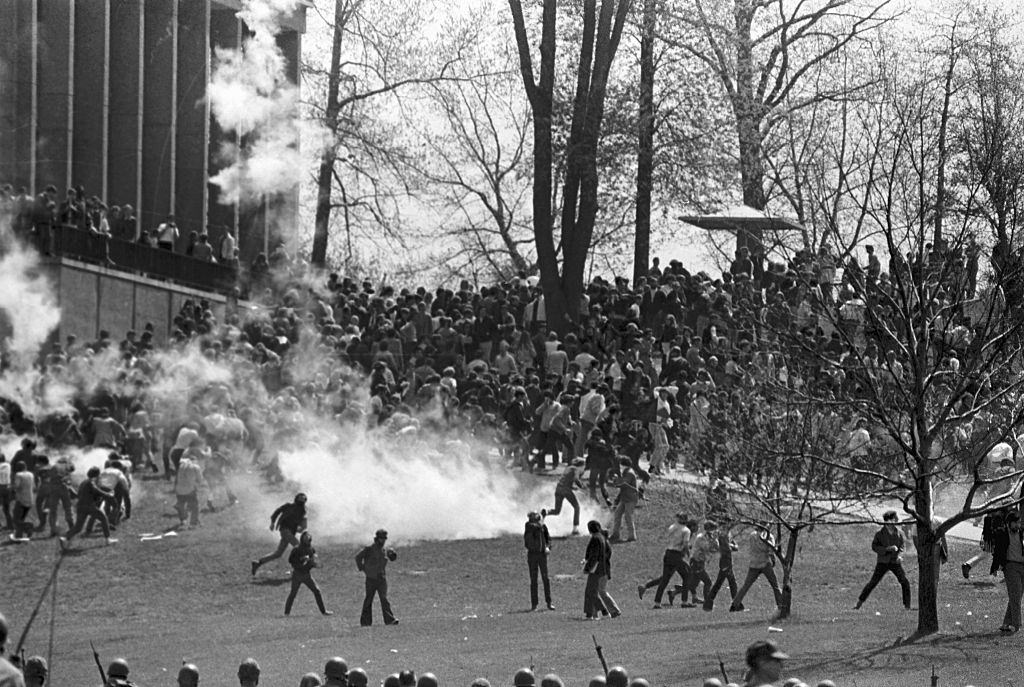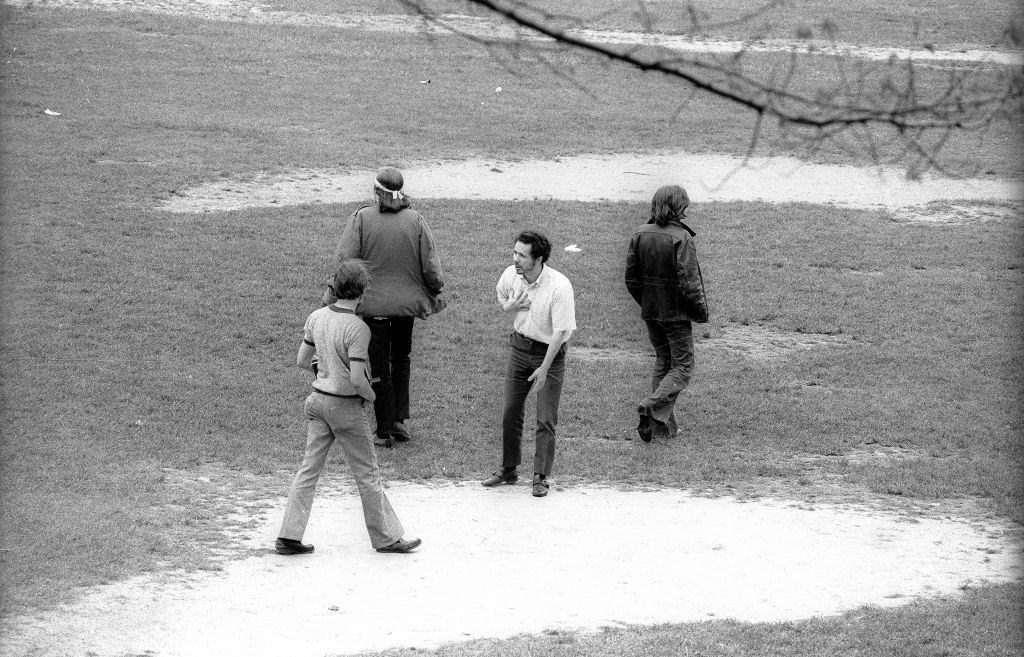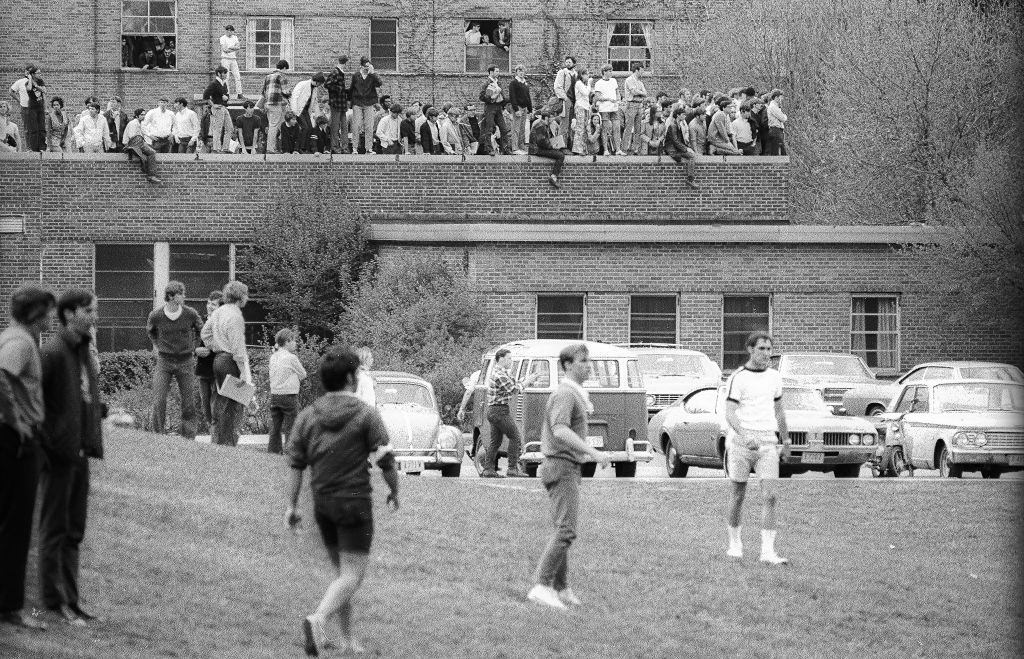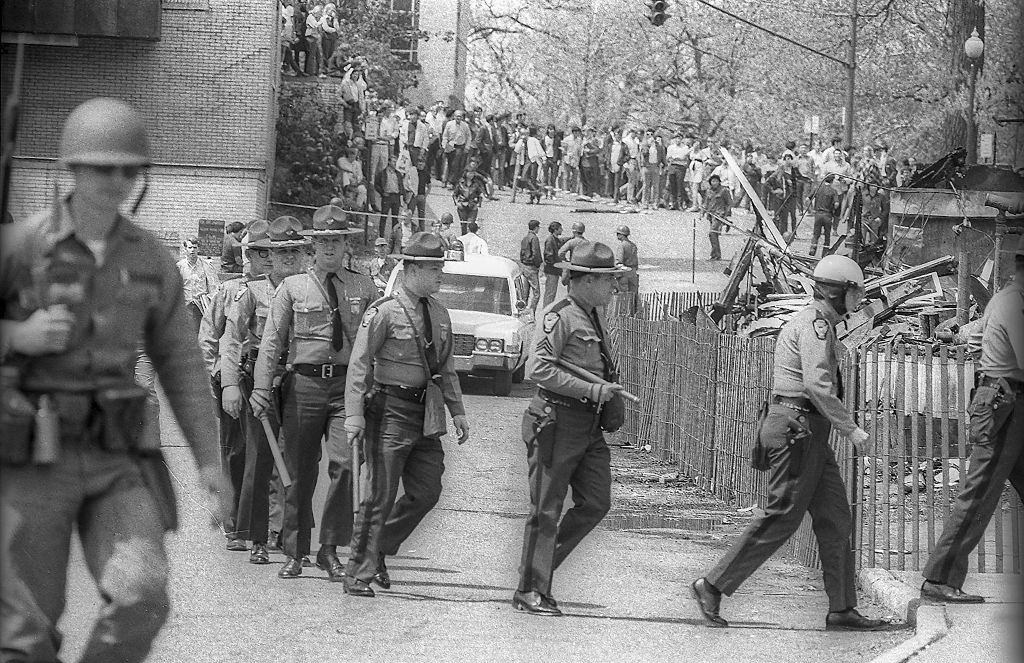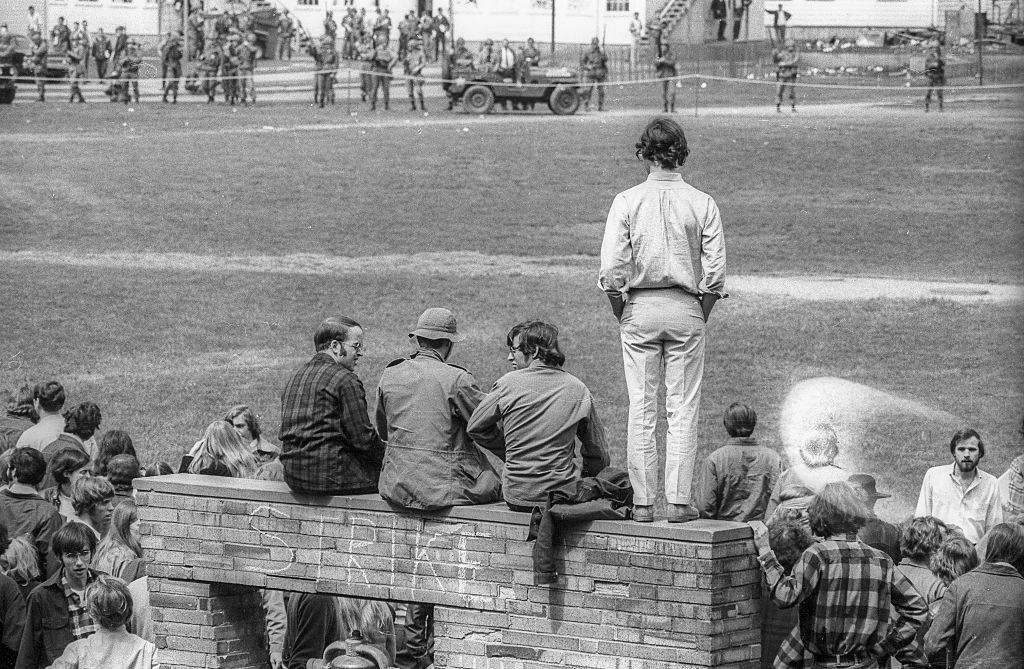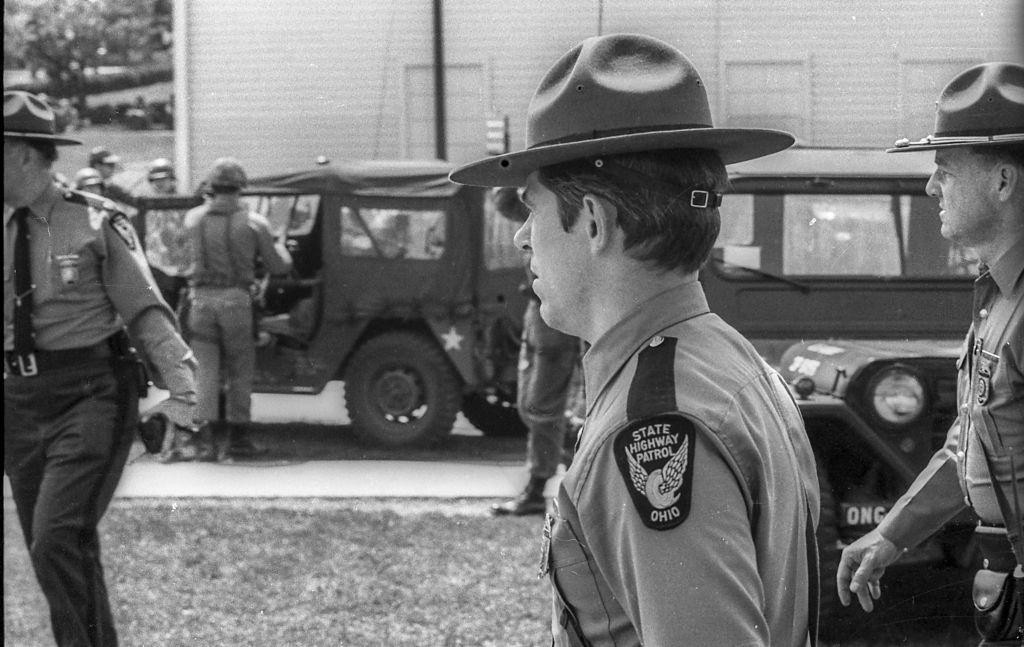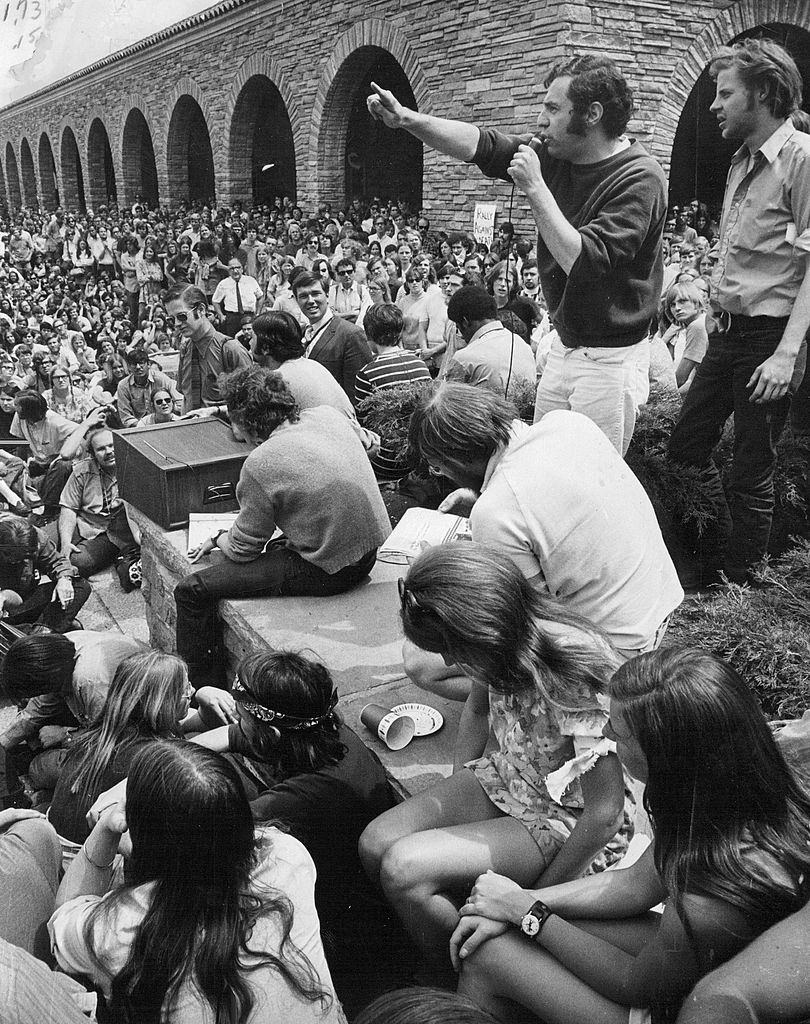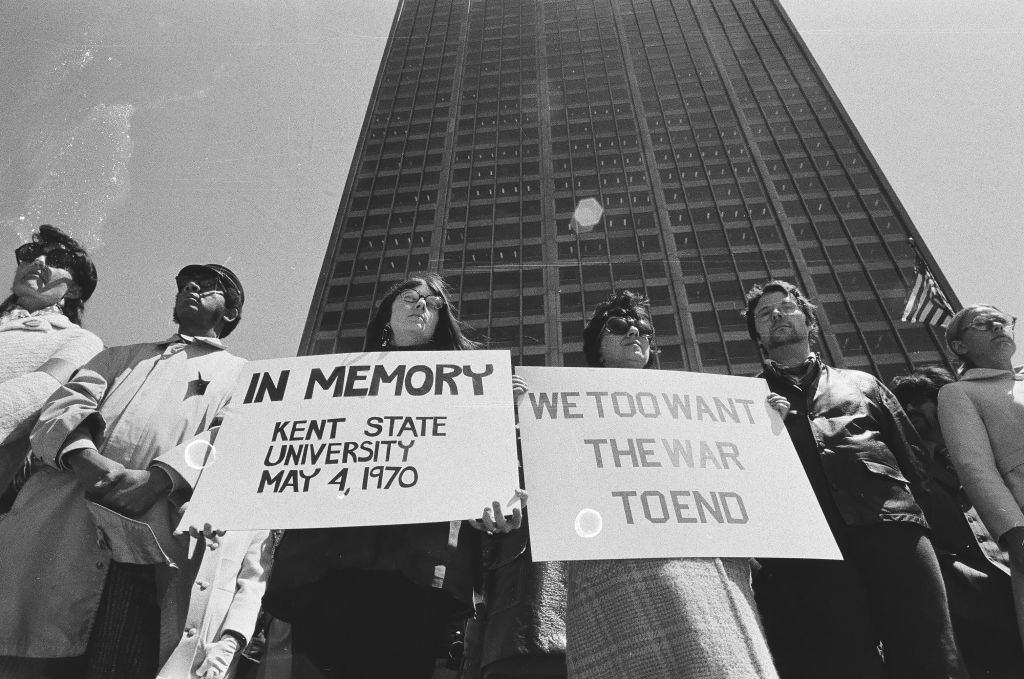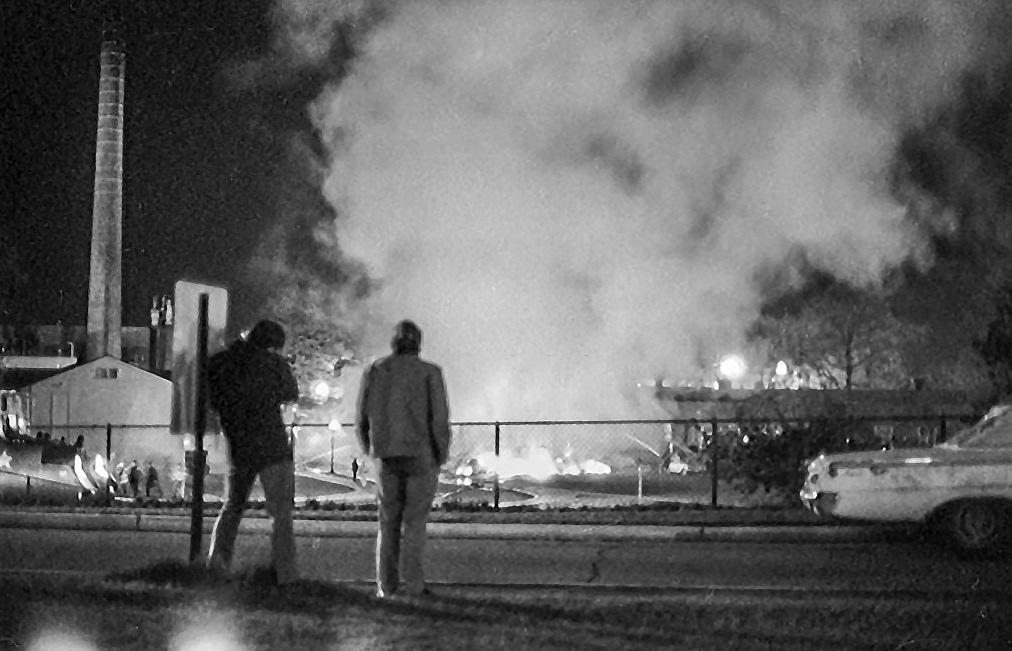The Kent Shootings, also known as the May 4 massacre, was the result of a clash between Kent State University students and National Guards. Four unarmed students were killed and nine were wounded when the National Guard opened fire on the crowd. This incident shocked the nation, and the protests after the incident contributed a lot to the downfall of President Richard Nixon.
Vietnam war and Cambodian Invasion
The United States entered the Vietnam war under the presidency of John F. Kenney. When Lyndon B. Johnson took the office, he continued the war. The US involvement in the conflict was controversial from its beginnings because the war was fatal and both of the governments faced massive opposition from the public. Richard Nixon had been elected on the promise that he would end the Vietnam war. And, until April 1970, it appeared he was on the way to fulfilling his promise, as the military activities were winding down. On April 30, 1970, Nixon authorized the U.S. troops to invade Cambodia without notifying the Secretary of State William Rogers and without the approval of the White house. This standalone decision outraged the public and massive protests were started.
Cambodia was a natural country and its political system was already disrupted due to inner conflicts. The North Vietnamese were hiding in the safe places in Cambodia to launch attacks on the U.S troops and South Vietnamese. The U.S. dropped more explosives on Cambodia than the entire World War II bombings by the allies. The invasion also led to the rise of the Khmer Rouge which devastated the nation and over one and half million Cambodian people were killed during the Pol Pot regime.
Protest against the Vietnam War and Cambodian Invasion
Nixon addressed the nation on television two days later, however, the public was already aware of the invasion. Over four million students of different universities, colleges, and high schools participated in the country-wide protests, rallies, and organized walk-outs against the U.S. involvement in the Vietnam war and Cambodian invasion. It was the largest student strike in the history of the country.
At Kent State University students gathered on May 1, the day after the invasion. The campus was the site of large demonstrations and other events in the past. Several speakers spoke against the war and the Nixon administration. At night the violence and clash started between the protestors and police in downtown Kent. The Police alleged that their vehicles were hit with bottles and stones. Kent Mayor, Leroy Satrom declared a state emergency. Police tear-gassed to disperse the mob, and they eventually able to move the protestors back to the campus.
On May 2, Kent Mayor, Santrom requested Governor Rhodes to send the Ohio National Guard upon the rumors of attack and to deal with the angry protestors. Protesters set the school’s ROTC building on fire before the arrival of National Guards. Some protestors reportedly clashed with the firefighters attempting to put out the blaze. A doze of arrest was made that night and the campus was turned into a war zone. Surprisingly, the next day Sunday, May 3rd, students were lounging on the Commons and even engaging with the Guardsmen on duty.
The May 4th Protest which led to the incident
The massive protest was scheduled for noon on Monday, May 4. Before the protest university officials attempted to diffuse the situation by prohibiting the event. However, when all the dialogues were failed, crowds began to gather at 11 am and an estimated 3,000 protesters were there and 1,000 National Guards were also at the campus to handle the situation. Roughly 100 Ohio National Guardsmen carrying M-1 military rifles. Ohio National Guard General Robert Canterbury ordered the protesters to disperse, the Kent police also announced the message using a bullhorn. However, the protestors refused to obey the order and they began shouting and throwing rocks at the Guardsmen. General Canterbury ordered his men to fire tear gas towards the protestors. The Guardsmen forced the protestors to a nearby hill called Blanket Hill. The football field at the Blanket Hill was closed with fencing and the mob caught some Guardsmen and beat them.
The Guardsmen retreated back and when they reached the top of the hill, they fired their M-1 rifles directly into the crowd. Over just a 13-second period, nearly 70 shots were fired. Four Kent State University students — Jeffrey Miller, Allison Krause, William Schroeder, and Sandra Scheuer were killed in the shootings and nine others were injured.
The aftermath of the Kent State Shooting
The university was closed after the shootings and re-opened after six weeks. Several investigation comedies were formed to investigate the incident. During the trails, members of the Ohio National Guard testified that they opened fire because they feared for their lives. Kent State students and their families filed a civil suit, a settlement was reached in 1979 in which the Ohio National Guard agreed to pay those injured in the events of May 4, 1970, a total of $675,000.














